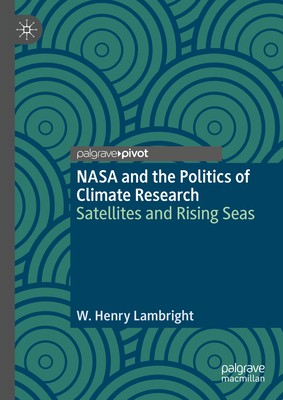
- We will send in 10–14 business days.
- Author: W Henry Lambright
- Publisher: Palgrave Macmillan
- ISBN-10: 3031403622
- ISBN-13: 9783031403620
- Format: 14.8 x 21 x 1.1 cm, hardcover
- Language: English
- SAVE -10% with code: EXTRA
Reviews
Description
Today, there exists an integrated, large-scale satellite system to track sea-level rise, its speed, causes, and impacts. Building it was a struggle every step of the way. It was the most vivid and potentially consequential program within NASA's larger Earth Science directorate. How did it happen? Who did what? Why? This book seeks to answer such questions. It goes back to the origins of NASA's interest in the oceans in the 1960s and first true ocean satellite, Seasat, in 1978. After three months of operation, Seasat failed. But before it did, it showed how much satellites could tell about the ocean's dynamics. In many ways, sea-level rise is the clearest and most understandable result of a warming planet.
EXTRA 10 % discount with code: EXTRA
The promotion ends in 18d.04:26:47
The discount code is valid when purchasing from 10 €. Discounts do not stack.
- Author: W Henry Lambright
- Publisher: Palgrave Macmillan
- ISBN-10: 3031403622
- ISBN-13: 9783031403620
- Format: 14.8 x 21 x 1.1 cm, hardcover
- Language: English English
Today, there exists an integrated, large-scale satellite system to track sea-level rise, its speed, causes, and impacts. Building it was a struggle every step of the way. It was the most vivid and potentially consequential program within NASA's larger Earth Science directorate. How did it happen? Who did what? Why? This book seeks to answer such questions. It goes back to the origins of NASA's interest in the oceans in the 1960s and first true ocean satellite, Seasat, in 1978. After three months of operation, Seasat failed. But before it did, it showed how much satellites could tell about the ocean's dynamics. In many ways, sea-level rise is the clearest and most understandable result of a warming planet.


Reviews